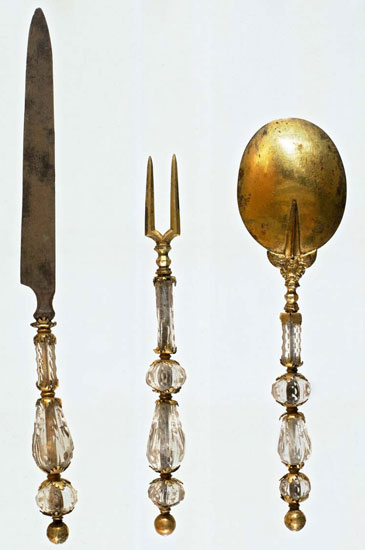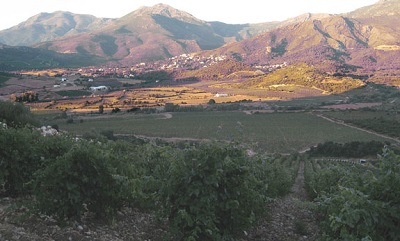Even in classical times, Sicily was well-known for its agricultural produce. The Phoenicians introduced grape vines from the Middle East to Sicily where previously only wild grape vines had grown, and the Greeks, who followed, brought with them the latest grape-crushing technology as well as new varieties, such as the Greganico. Greek mythology and its wines also came on to the scene. The cult surrounding Dionysus and his maenads, later called bacchantes by the Romans, began to spread and the poetess, Sappho, expelled from her native island of Lesbos, is also said to have cultivated wine here. Her famous nuptial songs celebrate the bridal pair, who, at their marriage ceremony, drink wine out of the same goblet by way of asking for the blessings of Eros and Aphrodite.
The town of Erice, near to present day Trapani, had a sacred place, a shrine to temple prostitution. As evidenced by large number of amphora shards, the priests and priestesses drank wine before any sacrifice.
In the days of the Roman Empire, Sicilian wine was regarded as a welcome change from the Falerner wine and it is even claimed, though on no reliable evidence, that Caesar’s favorite tipple was Mamertino wine from Capo Peloro. Even Arab rule had no adverse effect on Sicilian viniculture. Despite the Koran’s ban on alcohol, the new rulers not only tolerated the cultivation of the grape but even introduced the technique of distilling wine into alcohol with the aid of the still.
Hidden away in monastery cellars, Sicilians continued to brew secret elixers which were sold to numerous customers. And yet there was no real need for the abbots to switch to distilling. The church’s immeasurable wealth came not least from the vast vineyards in its possession and the monopoly that these gave it in producing and selling wine.
The wines’ outstanding reputation soon extended far beyond the island’s shores and Sante Lancerio, the cup bearer of Pope Paul III, praised them very highly indeed in a letter sent to Cardinal Guido Ascanio Sforza in 1559. The star of Sicilian wine cultivation did not begin to set until the Spanish Viceroys took control. Instead of cultivating wine, they grew wheat. It was not until 1773 that Sicily managed to resume its accustomed place in the world of wine.
Quite by chance, an Englishman, John Woodhouse, discovered Marsala and helped to make it popular. A further market for the island’s wines were opened up in 1870 when France’s vineyards were so devastated by phylloxera that French vintners had to import wine by the barrel. All too soon, however, the pest crossed the Alps and continued its destruction in far off Sicily. Within a few years all hope of large and continuing profits was destroyed and once again wine cultivation had a hard struggle beginning all over again.
For a long time, Sicilian wine had a difficult time in the world market with cheap mass-produced wines adversely affecting its reputation. Nevertheless, over the past few decades, some wine producers and wineries have managed to develop good quality wines of their own, including Alcamo and Cerasuolo di Vittoria, establishing themselves on both the Italian market as well as important foreign markets.










